This weekend, if you're in the mood for slapstick comedy, spend NT$220 and check out Chu Yen-ping's (
Two Birds with One Stone is a China-Taiwan co-production, with Chu's Yen-ping Films and the Beijing-based Time Films (
Starring the notorious TV host Jacky Wu (

PHOTO COURTESY OF YEN-PING FILMS
The film is intentionally a parody and mocks some hit martial-arts movies of recent years, such as Zhang Yi-mou's (
Chu's films often insist on using poor taste to mock the classics and Two Birds with One Stone is no exception. But he seems to overdo this technique and forgets to tell a complete story. The only character that works is played by Wu in a convincing performance as a slacker who secretly adores the minister's daughter.
Behind the Palace, Beyond the Horizon (
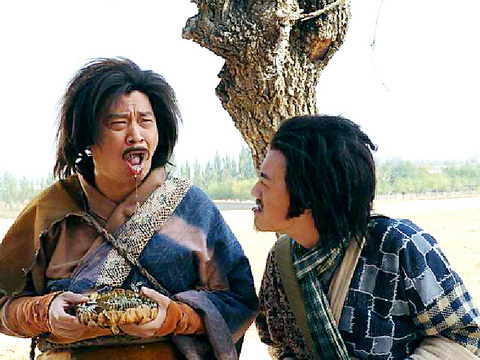
PHOTO COURTESY OF YEN-PING FILMS
In 2003 the National Palace Museum underwent a series of cultural exchange projects in hopes of refreshing its public image. One of them was a "visiting artists" program that invited international artists to visit Taiwan and the museum. The program inspired this PTS documentary.
Film director Wang Hsiao-ti (
Dutch animation filmmaker Gerrit van Dijk is known for his unique style, which uses collage and deformation of images. During his visit to the museum, he is especially intrigued with a Ming-dynasty block print, Stories of the West Chamber (
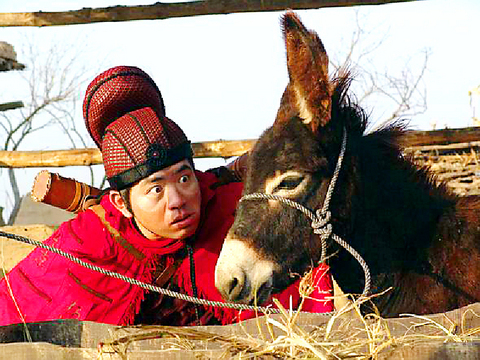
PHOTO COURTESY OF YEN-PING FILMS
Van Dijk praised the work as so refined that he found its execution centuries ago simply unbelievable. And his 40-second animation is made like an impressionist painting, inspired by the block print and also infused with his personal impressions of his Taiwan visit.
French pottery artist Jean Girel owns the title of Maitre d'Art, presented by the French National Committee of Art. Girel came to see the Soong-dynasty china that he had been longing to see. He was also impressed by the animal-shaped ornaments on the bronze wares of the Bronze Age that depict bears, horses and birds.
Apparently, Girel was moved by the spirit of ancient people worshiping the universe and nature. His pottery work, which was made in the studio of Taipei Teacher's College reflects such a spirit. It is graceful artwork, simulating the thick and solid quality of bronzeware and at the same time demonstrates an experimental variation of glazed colors.
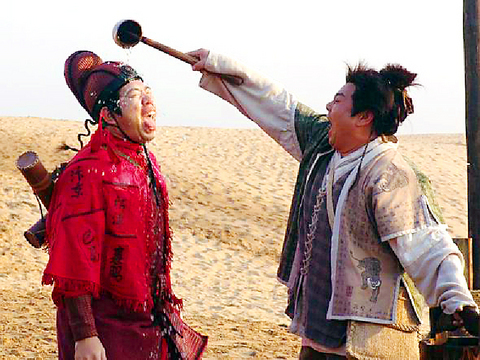
PHOTO COURTESY OF YEN-PING FILMS
As director Wang Hsiao-ti puts it, the relation between the collection pieces and the new artwork is the flow and transformation of creativity, and proves that such an old place like the Palace Museum can still generate new ideas and new creations.
The most valuable part of the film deals with seven architecture and design students and their works. Some were inspired by the art of calligraphy and invented a mechanism that looks like a huge writing brush. Others designed an imaginary world of plastic tubes that was inspired by Qing-dynasty snuff bottles.
From the young creative spirits shown in the film, Wang vividly paints a picture of those ancient collections being infused with new life. They no longer stay static in history but have become part of people's lives.
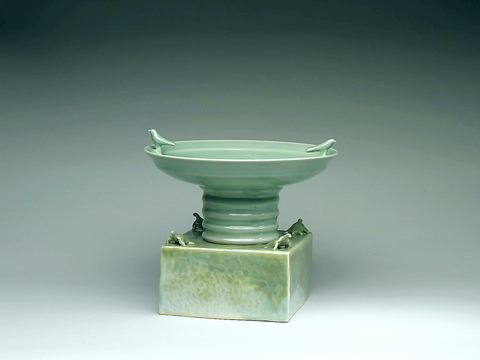
PHOTO COURTESY OF NATIONAL PALACE MUSEUM
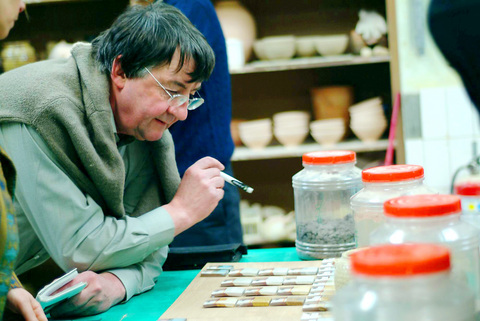
PHOTO COURTESY OF NATIONAL PALACE MUSEUM

Most heroes are remembered for the battles they fought. Taiwan’s Black Bat Squadron is remembered for flying into Chinese airspace 838 times between 1953 and 1967, and for the 148 men whose sacrifice bought the intelligence that kept Taiwan secure. Two-thirds of the squadron died carrying out missions most people wouldn’t learn about for another 40 years. The squadron lost 15 aircraft and 148 crew members over those 14 years, making it the deadliest unit in Taiwan’s military history by casualty rate. They flew at night, often at low altitudes, straight into some of the most heavily defended airspace in Asia.

This month the government ordered a one-year block of Xiaohongshu (小紅書) or Rednote, a Chinese social media platform with more than 3 million users in Taiwan. The government pointed to widespread fraud activity on the platform, along with cybersecurity failures. Officials said that they had reached out to the company and asked it to change. However, they received no response. The pro-China parties, the Chinese Nationalist Party (KMT) and Taiwan People’s Party (TPP), immediately swung into action, denouncing the ban as an attack on free speech. This “free speech” claim was then echoed by the People’s Republic of China (PRC),

Many people in Taiwan first learned about universal basic income (UBI) — the idea that the government should provide regular, no-strings-attached payments to each citizen — in 2019. While seeking the Democratic nomination for the 2020 US presidential election, Andrew Yang, a politician of Taiwanese descent, said that, if elected, he’d institute a UBI of US$1,000 per month to “get the economic boot off of people’s throats, allowing them to lift their heads up, breathe, and get excited for the future.” His campaign petered out, but the concept of UBI hasn’t gone away. Throughout the industrialized world, there are fears that

Like much in the world today, theater has experienced major disruptions over the six years since COVID-19. The pandemic, the war in Ukraine and social media have created a new normal of geopolitical and information uncertainty, and the performing arts are not immune to these effects. “Ten years ago people wanted to come to the theater to engage with important issues, but now the Internet allows them to engage with those issues powerfully and immediately,” said Faith Tan, programming director of the Esplanade in Singapore, speaking last week in Japan. “One reaction to unpredictability has been a renewed emphasis on